Serving Central Texas since 1939
A look back at more than 85 years of service to the region
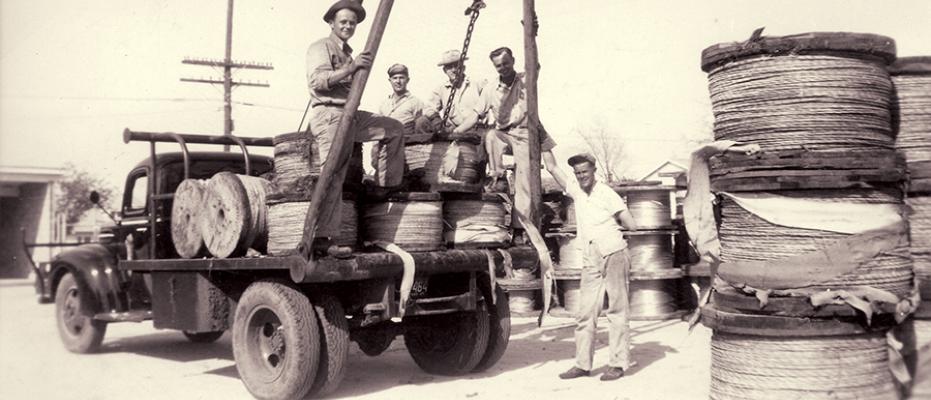
In the 1930s, big cities in Texas had already enjoyed the benefits of electricity for several decades. The rural towns, however, were still in the dark. In 1939, all that changed when the electric cooperative that would become Bluebonnet brought power to the farms, ranches and communities across Central Texas. When Bluebonnet celebrated its 80th anniversary, we shared stories about the power, people and progress that set the stage for the cooperative today.
Stories about the history of Bluebonnet
- The way we lived
- Eight decades of lighting the way
- A brief history of electric appliances
- All about meters
Profiles of some longtime Bluebonnet members
THEN & NOW
Our history
1980s - Today
2021 — Bluebonnet celebrates 100th graduate from its lineworker apprentice on-the-job training program
2019 — Bluebonnet celebrates a milestone when it exceeds the 100,000-meter mark for the first time in its history.
2016 — Matt Bentke is selected as Bluebonnet's fifth general manager.
2013 — Economic and population growth in Bluebonnet service area reflected by 84,000+ meters and 11,000 miles of line.
2012 — Energy-efficient demonstration house opens on Bluebonnet’s Service Center campus in Brenham.
2007 — Bluebonnet, with a total of about 270 full-time employees, opens new headquarters in Bastrop County.
2005 — Bluebonnet opens its call center, where member service representatives answer questions about bills, outages and connecting service
1989 — Bluebonnet celebrates its 50th anniversary; the co-op has 45,000 meters
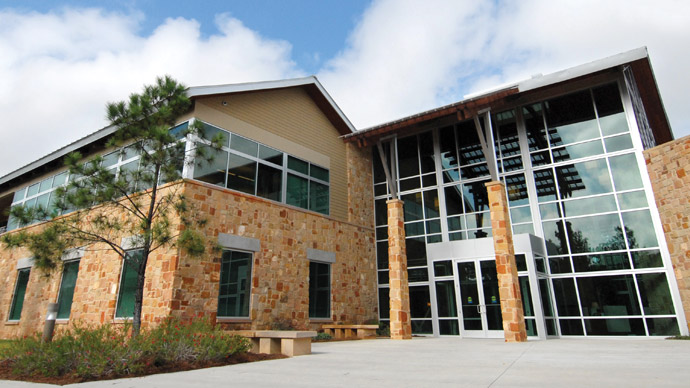
Bluebonnet's new headquarters in Bastrop County opened in 2007.
1950s - 1970s
Jan. 1, 1965— Lower Colorado River Electric Cooperative name changed to Bluebonnet Electric Cooperative; the co-op reports 16,337 members in 14 counties
June 1958 — First youth leadership students from LCREC membership travel to Washington, D.C., for annual Government-in-Action Youth Tour.
1951 — Wirtz and Starcke dams completed above Lake Travis.
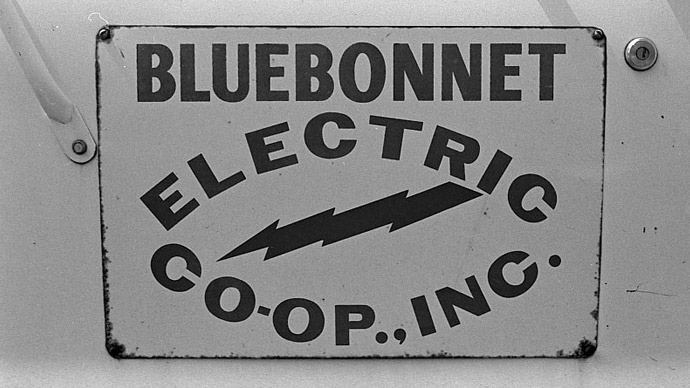
The Lower Colorado River Electric Cooperative name was changed to Bluebonnet Electric Cooperative in 1965.
1940s
May 1942 — LCRA completes Mansfield Dam on Lake Travis.
November 1940 — New headquarters building for LCREC opens in Giddings.
Sept. 6, 1940 — LCREC reports 646 miles of line built and 1,468 members connected after paying $5 membership fees.
March 4, 1940 — Agreement is reached for LCRA to sell the LCREC rural transmission and distribution lines acquired from Texas Power and Light Co.
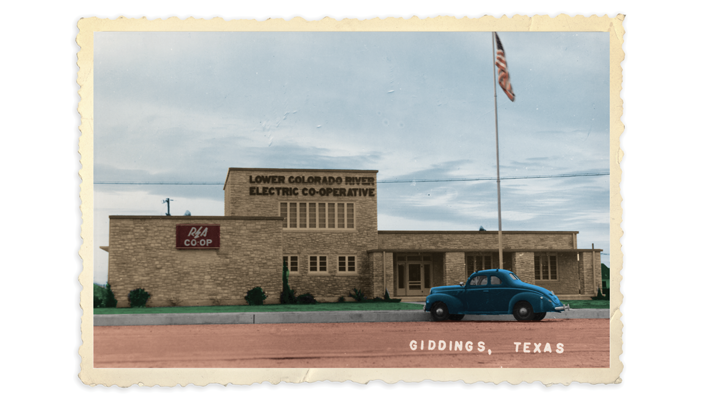
The headquarters for the Lower Colorado River Electric Cooperative, later renamed Bluebonnet Electric Cooperative, opened in Giddings in 1940.
1930s
Aug. 2, 1939 — Lower Colorado River Electric Cooperative receives state charter to provide electricity to residents east of Austin in Washington, Fayette, Burleson, Austin, Colorado, Lee, Milam, Bastrop, Travis, Williamson, Caldwell, Hays, Guadalupe and Gonzales counties
March 1936 — Bartlett Electric Cooperative energizes 59 miles of line to provide power to 110 farm homes. It becomes first REA project in the nation to turn on electricity.
May 11, 1935 — President Franklin Roosevelt signs executive order creating Rural Electrification Administration (REA).
Feb. 9, 1935 — Lower Colorado River Authority (LCRA) moves to complete dam at Lake Buchanan and to build a dam on Lake Travis for flood control and electric generation.
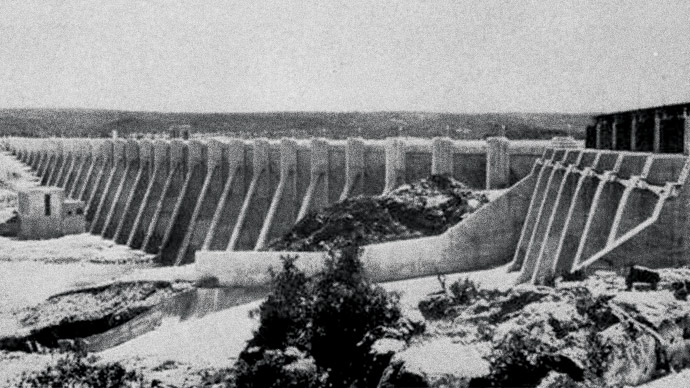
The Lake Buchanan Dam is shown at the time of its inauguration in 1939. A series of dams along the Colorado River were initially the main source of power for the region.
Bluebonnet Then & Now




